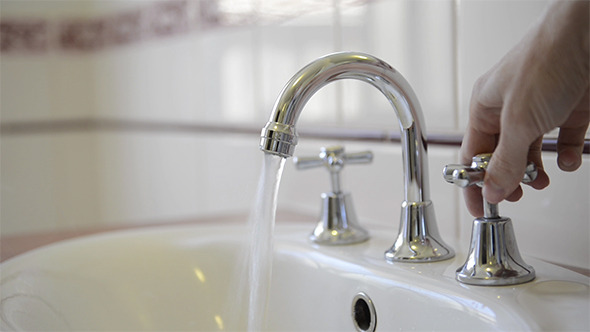 Water reticulation refers to the design and upkeep of water distribution systems. This can include the pumps and pipes that send water to your kitchen taps, as well as storm water drains and other systems. Essentially, it covers the public system that sends water where it needs to go, and includes the pump systems, pipeworks and access chambers.
Water reticulation refers to the design and upkeep of water distribution systems. This can include the pumps and pipes that send water to your kitchen taps, as well as storm water drains and other systems. Essentially, it covers the public system that sends water where it needs to go, and includes the pump systems, pipeworks and access chambers.
Every modern city and suburb has a water reticulation system in place, including Wellington, and it’s something we often take for granted. Being able to take showers and fill our cups with fresh clean water is something we’re all so used to, but is only possible because of our water reticulation system. And something we often forget is that it was all put in place by people who knew about water reticulation design.
We use taps every day. When we want to fill the jug to make a cup of tea, and when we want to water the vegetable garden, we turn on a tap. We know that clean water will come out of the tap, but what we probably don’t know is how it gets there in the first place. Before it can come out of our taps, that water has to be collected, treated and distributed through a water reticulation system. Let’s break that down.
Our water supply is most commonly collected from surface water, such as a lake or river, but can also come from other sources too, such as wells and aquifers deep underground. Regardless of where it comes from, someone had to design and build a water reticulation system to collect it all, and send it to a water treatment plant.
Treating or purifying our water is essential for making it clean and safe for use. The first step is to clarify the water, which usually contains dirt particles and other organic matter. Chemicals are used to break down the particles, and the second step is to filter these particles out of the water. This is usually achieved by running the water through a filter, often made of sand or carbon filter. The final step is to disinfect the water, which can contain various forms of bacteria.
Once the water has been treated, the water reticulation system comes into play again, this time to distribute the clean water to the consumer. Most water reticulation systems are designed to use a network of pipes, usually constructed from concrete, plastic or metal. Using pumps, the water is pulled and pushed through the pipes to whatever destination is intended.
Designing a water reticulation system for a city involves significant design and engineering capabilities. You need city planners and civil engineers who need to take into account a range of factors, including how much water the system will be distributing, how easy it is to maintain the system, how much expansion may be required once the network is in place etc.
Water reticulation systems can also be designed at a much smaller scale. Architects and construction companies will need to consult a company capable of water reticulation design when developing new buildings, industrial complexes and apartment blocks. All of these structures need a dedicated and well-designed water reticulation system that is going to collect and distribute water to all the right places. And thought also needs to be given to maintenance, future expansion and how much water is likely to be distributed through the system.
Pipespec Ltd has the skills and experience to help architects and construction teams by designing complex water reticulation systems for whatever purposes are required. If you’re an architect looking to design a new apartment block, industrial complex of commercial facility, Pipespc Ltd will be able to design a water reticulation system that will be effective and efficient.


Sorry, comments are closed for this post.